Measuring the entire foot with a foot 3D scanner has great significance in both clinical and engineering fields.
First, full-foot 3D data can comprehensively measure the geometry of the dorsum, arch, forefoot, heel, as well as the transverse and longitudinal arches, and compensate for the missing information of height, curvature, and volume at corresponding points in two-dimensional photos or flat impressions. This provides a necessary geometric basis for personalized orthotic insoles, shoe last design, and gait assessment.
Second, the full-foot point cloud supports accurate measurements of size, circumference, and volume, which is beneficial for repeated measurements, monitoring disease progression, and postoperative follow-up. It can also be combined with plantar pressure distribution, electromyography, and imaging data to construct a multimodal evaluation system.
Third, the 3D model is easy to directly integrate with digital manufacturing processes. For example, CAD can be parametrically modified to generate a processable insole contour, or used for 3D printing and CNC machining, thereby reducing the cycle from design to finished product and increasing reproducibility and consistency.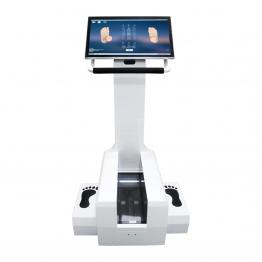
Using laser-based 3D scanning has several significant advantages.
Laser scanning generally obtains high-density point clouds through triangulation of a laser line or laser point, or by measuring the time of flight. It can recognize subtle changes in surface curvature in a very short time, making it particularly suitable for depicting complex areas such as the dorsum, toe spaces, and arches.
Laser scanning is a non-contact measurement method, which avoids soft tissue deformation caused by applying pressure. It increases measurement objectivity and repeatability while reducing the risk of cross-infection.
Laser devices generally have high depth accuracy and spatial resolution, reaching millimeter or even submillimeter control, which is very important for the fit and comfort of orthotic structures.
In addition, the point cloud data obtained by laser scanning can be directly interfaced with existing CAD or CAM software, facilitating automated processing, feature extraction, and mass production.
It should be noted that in laser scanning applications, attention should also be paid to system calibration, consistency of sampling posture, and factors such as surface reflection and occlusion.
To enhance clinical and engineering application effectiveness, standardized acquisition processes, multiple repeated measurements, and multimodal data should be combined to ensure the scientific validity and reliability of customization solutions based on 3D data.

 +86-0755-86131192
+86-0755-86131192 2025-10-11
2025-10-11 Back to list
Back to list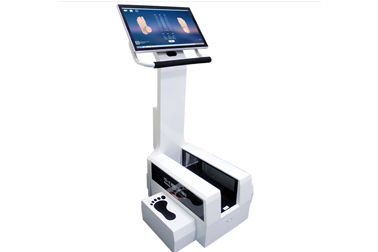
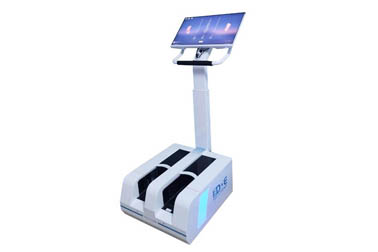
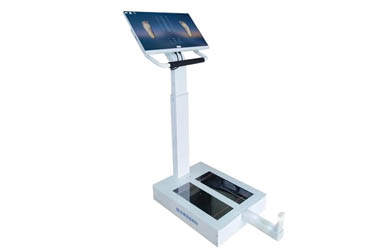
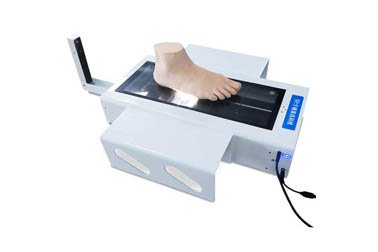
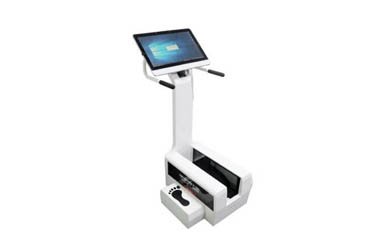
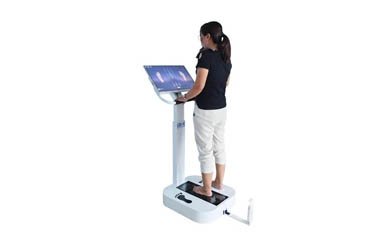



 +86-0755-86131192
+86-0755-86131192